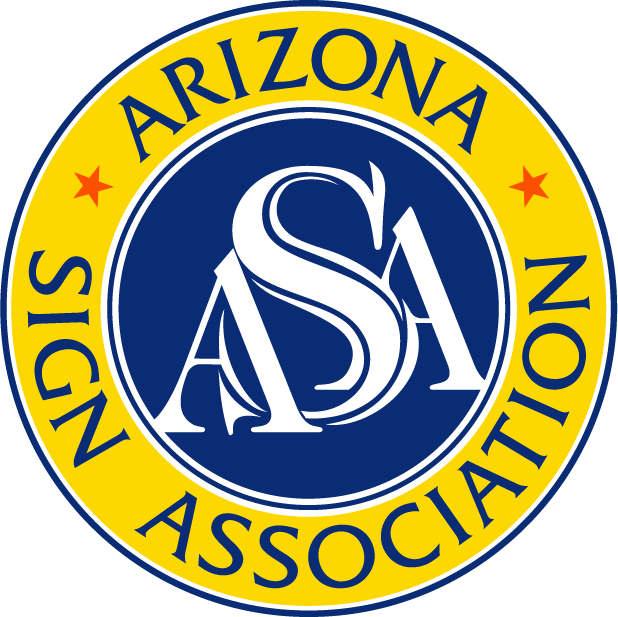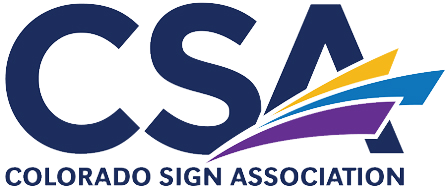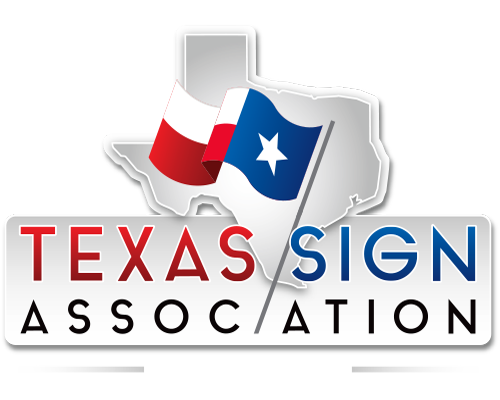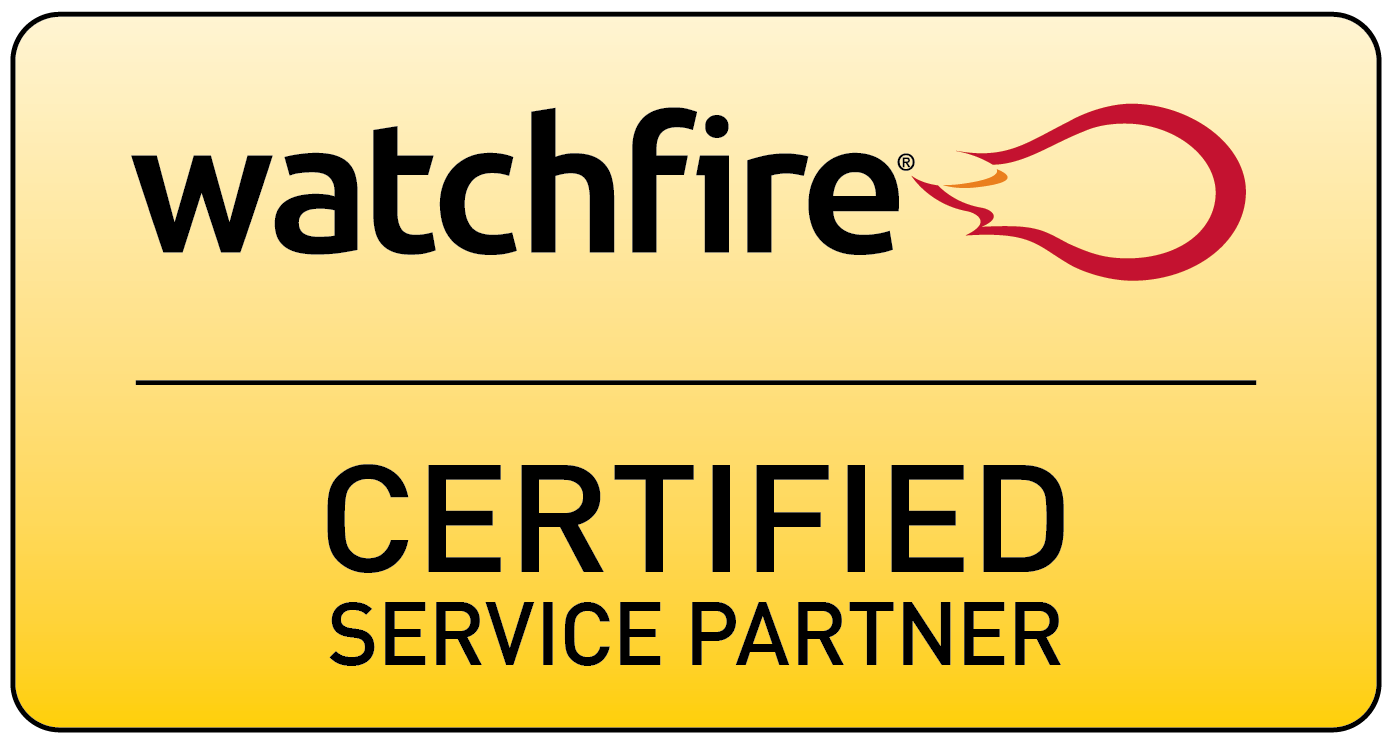According to the nonprofit International Sign Association(ISI) people are most likely to find out about your business from your signs. Poll numbers from the association reveal that more people find out about a business while passing it (35%) than any other way, such as always being aware of it (29%), word of mouth (14%), and advertising (10%).
8 factors of successful signage
Since signs can be so powerful, it is important to thoughtfully consider how to make them as effective as possible. Here are a few factors to consider as you strategize the design, manufacture, and placement of your sign:
1.) Zoning
There are generally ordinances in local areas that determine some of the parameters for signage you can install, as indicated by the US Small Business Administration. Examples of business sign rules include maximum allowable dimensions, lighting specifications, and sometimes even color parameters. Beyond city or county law, you may also have to follow separate guidelines set by the mall or retail center where you are located. The place where you lease space has a major impact on signage; to create a sense of uniformity to the shopping center as a whole, they will often say that you can only use a certain set of colors or that you must use a certain standard font.
2.) Illumination
Clearly lighting the sign is an important element at night: people must be able to see and read it. It also means that your business is more visible if severe weather hits, notes the ISA in its business resources. Plus, the lighting makes it stand out on the landscape and be more immediately readable by drivers so that they can prepare to turn into your lot or find parking. Illumination can also add another layer to your sign's tone via aspects such as LED or neon.
Typically, lighting of a sign is accomplished through one of three standard approaches:
- Small lamps installed externally to the sign, positioned to distribute light across it;
- Lamps within the sign that send light out through its front; and
- The use of bulbs out in the open, as with neon tubes or LEDs.
3.) Message
Another critical aspect of signage is (well) what it says. You may think it is obvious what you should put on a sign: your business's name. However, you may want to additionally provide your logo. After all, your signage delivers your branding to potential customers around-the-clock – so using a logo and your brand colors can be a smart way to increase recognition. Essentially, that way your sign is aligned with the rest of your business and marketing materials. A logo will sometimes be excessively complex for a sign, be noncompliant with ordinances, or otherwise be problematic. While your logo may not be possible, try your best to at least use a brand-consistent font and colors.
4.) Design strategy
Beyond the idea of what you want to put on the sign, you should have an overarching strategy that guides design – the elements of which are harvested from research and analysis of best practices. Don't just think of colors and the logo but considerations such as traffic flow and readability.
When you think about the design of your sign, it helps to take into account all additional elements of its presentation. As the ISA advises, height and width, where a sign is placed, its method of illumination, and other considerations are critical for effectiveness of signage but are dictated in part by the business’s location.
5.) Readability
You have probably seen business signs that had an amazingly elegant font that was attractive but borderline illegible. Clarity of the message through easy-to-read text is key, especially from the perspective of someone driving by at 40 mph. If it is at all challenging to read your sign, you may retain some people’s curiosity with the aesthetics or trickiness, but anyone who is already looking for your business could be irritated by anything that is not straightforward. Readability is not just determined by the font but has to do with the font size (of course) and degree of contrast between text color and background.
6.) Placement
Placement is paramount in determining visibility. Signs that people can quickly see and comprehend at night may become less clear when there is glare or at a time of day when sunlight comes through at a certain angle. As you think about placement, consider all possible points of obstruction and how well people can spot you from each side. You may find that an awning blocks part of the view, that the sign cannot be seen when there are tractor trailers parked close to it, or that you need more than one sign.
7.) Maintenance
It is easy when we discuss the effectiveness of signage to only think about when it is brand-new. As we very well know, not every sign is freshly minted. Signs are an investment. Continuing to get a strong response from them requires upkeep. Clean your sign and make sure any bulbs that burn out are replaced.
8.) Manufacturing
Signage is not just about design and installation but also the production of a physical object. Since you need to actually make the sign, a high-quality manufacturer is needed.
Are you in need of a sign or signs for your business? At Signdealz, we take pride in the fact that ALL of the products we sell are made right here in the USA. Get a quote.


-(1)_1696879152.png?width=254&height=55&name=Signdealz-Web-Logo-2023-(Transparent-Background)-(1)_1696879152.png)




